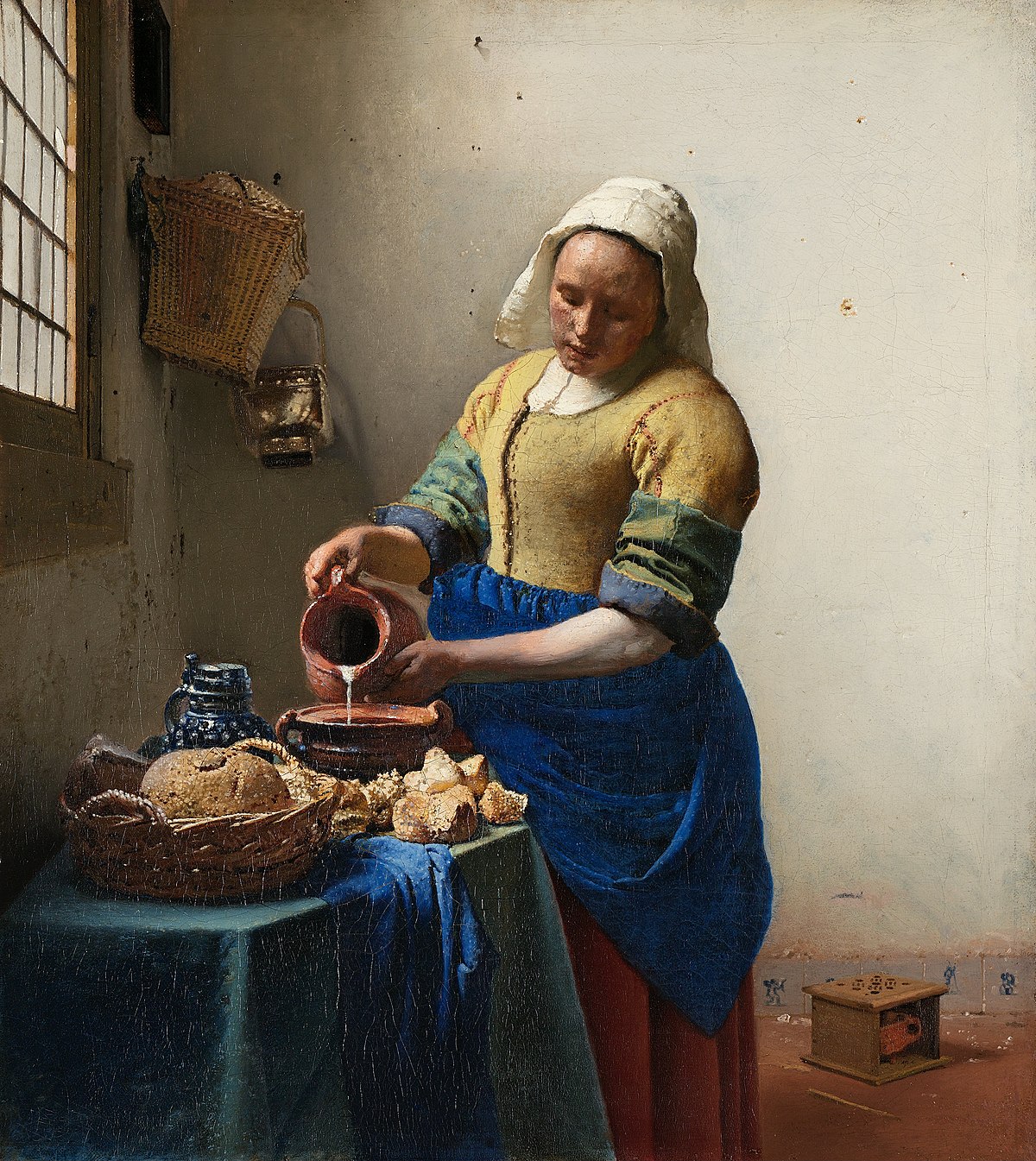Classical Art: The Revolutions

It would be an understatement to say that war heavily affects the society and culture of the surrounding and involved areas and groups. From books to politics to food to paintings, the bloodied claws of war dig into every aspect of life and stain them red, leaving scars and wounds that can't be erased. Some of the most visually affected aspects touched by war are the arts. When war breaks out, there are almost always artists who bring out their easels and brushes, their charcoals and inks, and get to work. Whether to cope or to simply document the violence and turmoil around them, these artists have created visual evidence that has stood the test of time, allowing us in the modern day a glimpse into these darkened parts of history.Some of the most prominent and well-known tend to be art of revolutions specifically, with various pictures appearing alongside the text in our history books. While it's easy to overlook these works as mere depictions of violence, I believe it would b...

